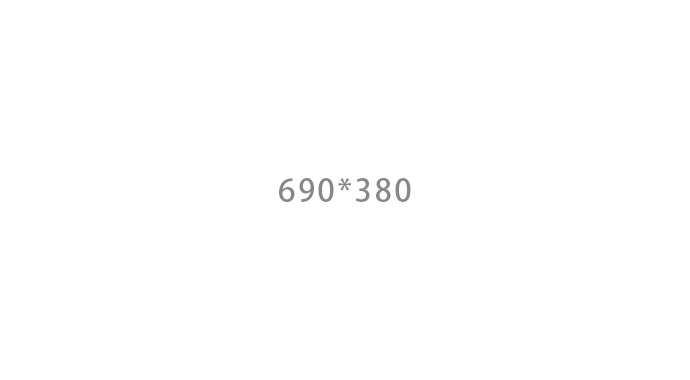Fashion is more than just clothing; it's a form of self-expression, a reflection of cultural identity and a window into the soul of a society. It's a dynamic art, constantly evolving, blending tradition with innovation, and individual style with global trends.
For centuries, China has been renowned for its rich and diverse clothing culture, with silk symbolizing its beauty and craftsmanship. Traditional Chinese garments, celebrated for their elegant designs and intricate embroidery, have long captivated the world.
China's reform and opening-up policy in the mid-1990s significantly transformed the fashion landscape. With economic growth and rising living standards, a new generation sought self-expression through fashion, showcasing their individuality and creativity.
China's 2001 accession to the World Trade Organization opened international markets to Chinese fashion and textiles. This influx also brought global fashion brands into China, intensifying competition and increasing exposure to international trends. In the following two decades, traditional Chinese clothing saw a resurgence, particularly among young people. The Hanfu movement and the rise of Neo-Chinese styles reflect this embrace of ancient clothing's elegance.
Today, Chinese fashion is a vibrant fusion of tradition and modernity, a testament to the creativity and cultural pride of its people. Exploring contemporary Chinese fashion reveals not only beautiful designs but also the unique story of a dynamic and evolving culture.

